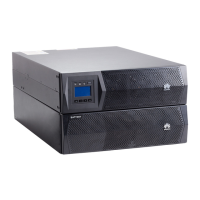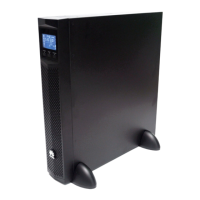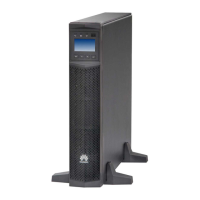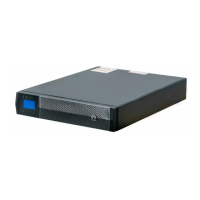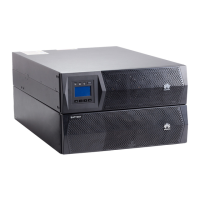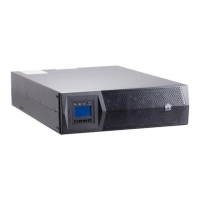What to do if Huawei UPS2000-G-15KRTL UPS makes abnormal noises or smells?
- JJason WilliamsSep 23, 2025
If your Huawei UPS is generating abnormal noises or smells, it indicates a fault. Immediately shut down the UPS, cut off the input power supply, and contact local Huawei technical support.
